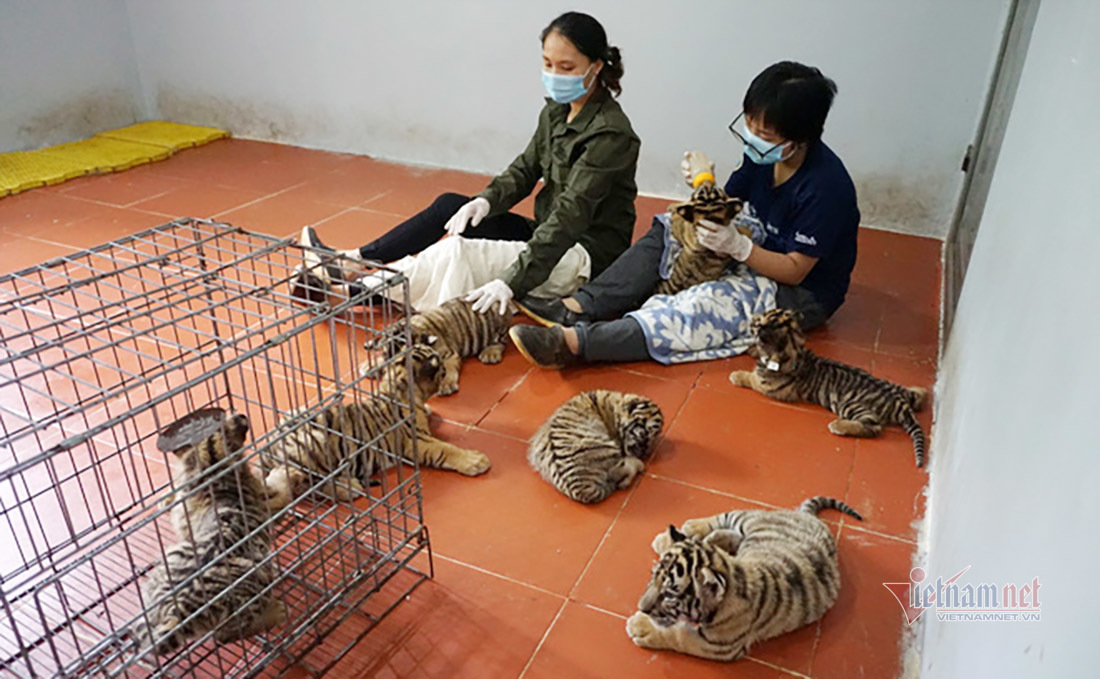 |
|
Tigers drink milk on their first days at the center.
|
Mr. Nguyen Sy Quoc (born in 1986), an officer in the Science Department of Pu Mat National Park, said that seven tigers were brought to the wild animal rescue center at Pu Mat National Park on August 1, 2021 by policemen from Nghe An. They were part of evidence collected in a wild animal trafficking case.
When the cubs came, they weighed only slightly over four kilograms each. Because they had been transported from place to place, they were exhausted. Oasis part of the rescue team, a veterinarian prepared drugs and milk for the tigers.
“In the first week, the cubs were in poor health. The caretakers were really worried about their safety. Each tiger had its own milk bottle. Cubs would suffer from diarrhea when they ate. Their health was in danger,” he said.
In the first month, cubs only drank milk made especially for this species. In the second month, they drank milk mixed with meat broth. Gradually, when they got used to the smell, they were fed sliced meat.
“They gained weight. Sometimes, calcium was fed to them to strengthen their bones. Their diet now includes mainly beef, rabbit meat, and chicken,” Mr. Quoc said.
Dang Thanh Tuan, 42, the leader of the group that has been looking after the tigers, said that it took a considerable amount of time to feed the exhausted cubs of milk initially.
“The cubs were suffering from diarrhea when they arrived. We became extremely tired after a week of taking care of them. Because of the long trip, the tigers did not have a sufficient amount of milk. Climate change also affected the cubs. When they became dehydrated due to constant diarrhea, it was hard to cure them.
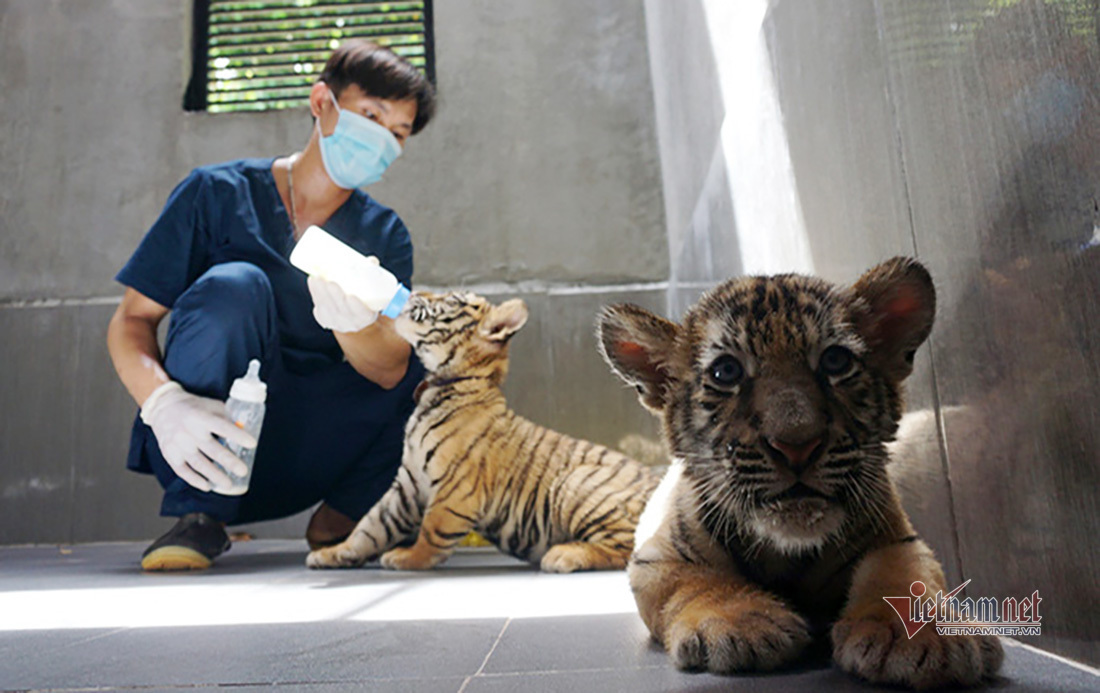 |
|
Dang Thanh Tuan, an officer in the Wild Animals Rescue Center, feeds milk to tigers.
|
There was a time when we were under stress as they had constant diarrhea. But we managed to overcome the difficulty and save them while they were on the verge of death,” Tuan said.
Four caretakers stay at the center and take turns looking after seven tigers. Now, each tiger weighs about 40 kilograms and the diet costs around five million VND per day, not including drugs or fees for looking after them.
Natural wildlife shelter
Quoc said that they cannot be released back into the nature as they have lost their hunting skills.
“There are seven species of tigers around the world, but we were unable to determine which species they belonged to after examining their DNA. We just know that they were hybrids from the other side of the border,” he said.
“The tigers in the jungles of Vietnam might have worse living conditions than those in the center. Even if rangers find more tigers in the forest, they cannot protect them.
“I feel sad observing the tigers that were rescued. They are much luckier than those that were caught to be slaughtered or used to extract tiger bone glue. Our tigers will be ‘ambassadors’ for educating later generations,” he said.
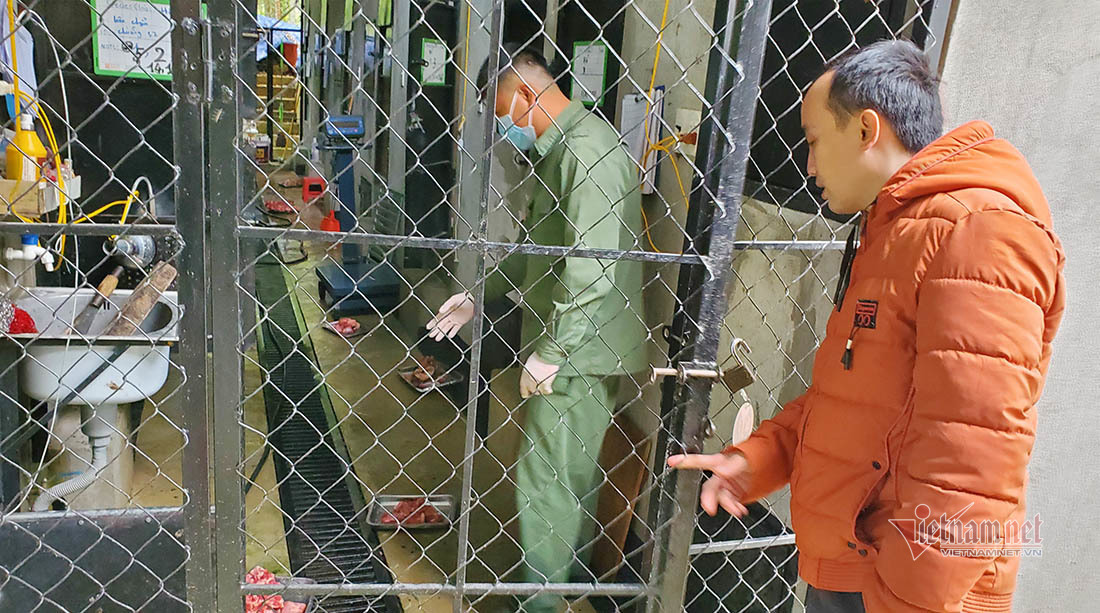 |
|
Nguyen Quoc Sy stands outside a tiger cage. |
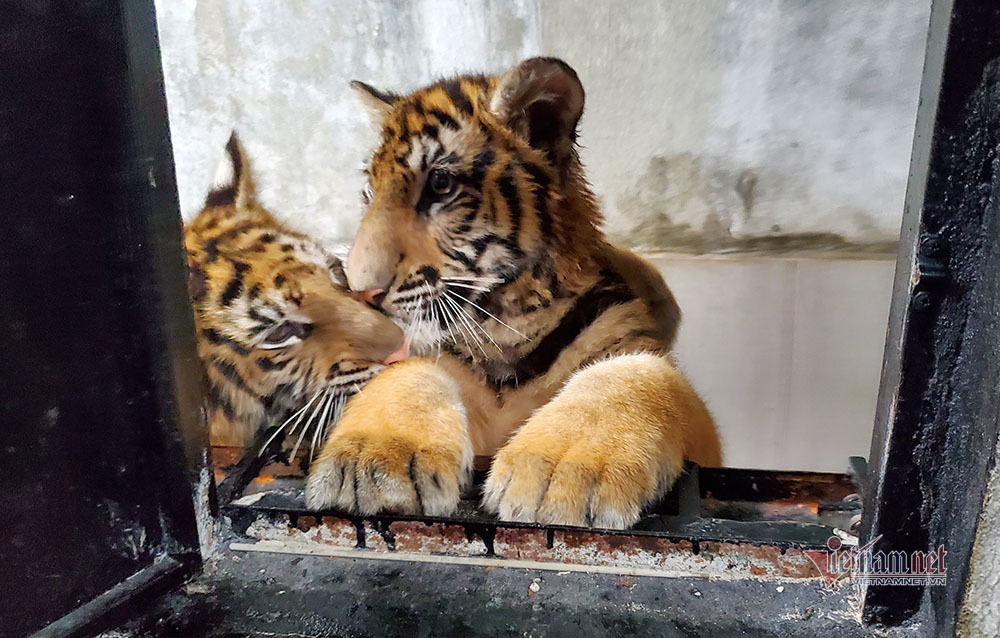 |
|
Two tigers live in a cage. |
He said he wondered why people travel to only Africa or Thailand to observe tigers or elephants. In Vietnam, no destination for observing wild animals can be found.
“The tiger is considered the top animal in wildlife. If this animal becomes extinct, some other species will thrive uncontrolled, resulting in an imbalanced ecosystem. However, in our country, every animal has been hunted, which is completely contrary to the rules of nature,” he said.
“The growl of tigers scares me. In the morning, as they are hungry, I must be careful while leading them from cage to cage to bathe. Some tigers are really kind, while others are ferocious. I am always fully aware of them because they are unpredictable,” Quoc said.
In the future, they will be transported to another rescue center with better facilities where they will be taken care of for the rest of their lives.
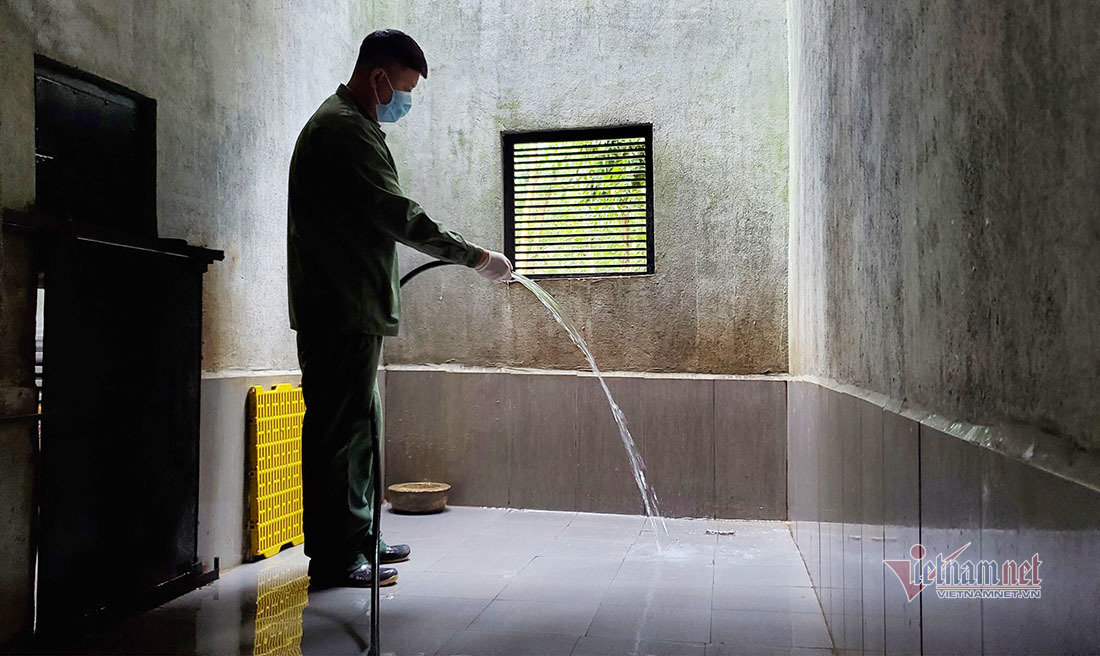 |
|
Mr. Tran Tuan Dung cleans a tiger cage. |
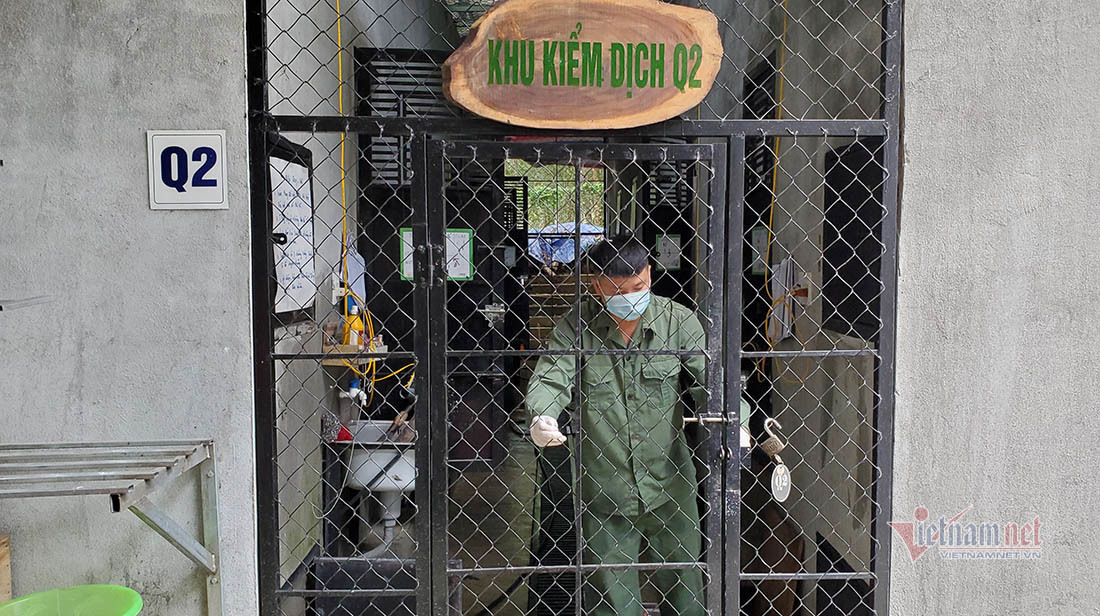 |
| People must follow strict rules feeding the tigers and moving them from cage to cage. |
Quoc Huy
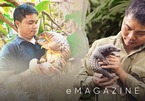
Conservationist leaves his heart in the vast green forests
Born and reared in the deep green forest land of Ninh Binh and having traveled the globe, Nguyen Van Thai has always returned to appreciate, love, defend and safeguard the forests.
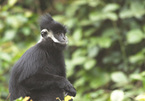
Monkeying around: farmers focused on langur protection
Starting out as a voluntary group since 2011 to safeguard some 20 flocks of Hatinh langurs (Trachypithecus hatinhensis), a team of 14 farmers in Tuyen Hoa District of Quang Binh Province is working hard to protect the endangered species.